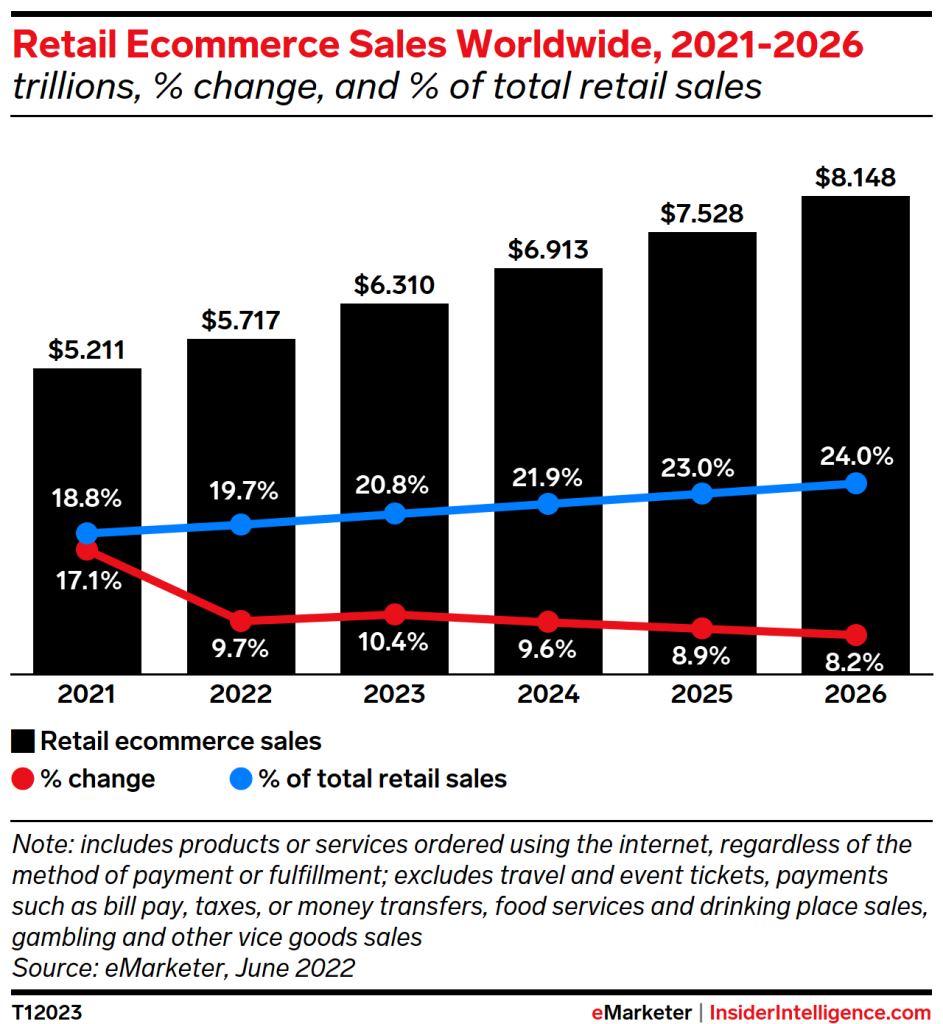
The retail industry has been dramatically changing in recent years. On the one hand, traditional retail is saturated, and some shopping centers have many vacancies. On the other hand, shoppers’ increasing use of digital tools and the rapid growth of online retailing has seriously threatened brick-and-mortar retailing. According to eMarketer, in 2021, retail e-commerce rose about 17% and accounted for nearly 19% of the global retail market. Projections also indicate that retail e-commerce will continue to grow and represent 24% of the global retail market by 2026.

This growing trend to digitize the retail industry puts tremendous pressure on the managers and investors of shopping malls to adopt innovative strategies for maintaining or improving foot traffic and then boosting the sales of their tenants. Visitors who enter shopping malls expect to walk into pleasant experiences, not just stores. In such circumstances, one of the most important solutions that can help shopping malls survive is to follow the omnichannel retail strategy and respond to the changing needs of shoppers in the digital age. Shopping malls should employ modern digital technologies to create a pleasurable, personalized, relevant experience for visitors.
When supported by shopping malls’ strategies and adequately implemented, mobile apps can be an effective tool to enhance footfall and turnover in shopping malls. A shopping mall application should satisfy the most critical consumers’ needs and deliver a unique experience for visitors to be effective. Some key success factors must be present in the mobile application of a shopping mall:
Contact our team to discuss a solution tailored to you and your team’s needs.
Contact our team to discuss a solution tailored to you and your team’s needs.
Contact our team to discuss a solution tailored to you and your team’s needs.
Contact our team to discuss a solution tailored to you and your team’s needs.